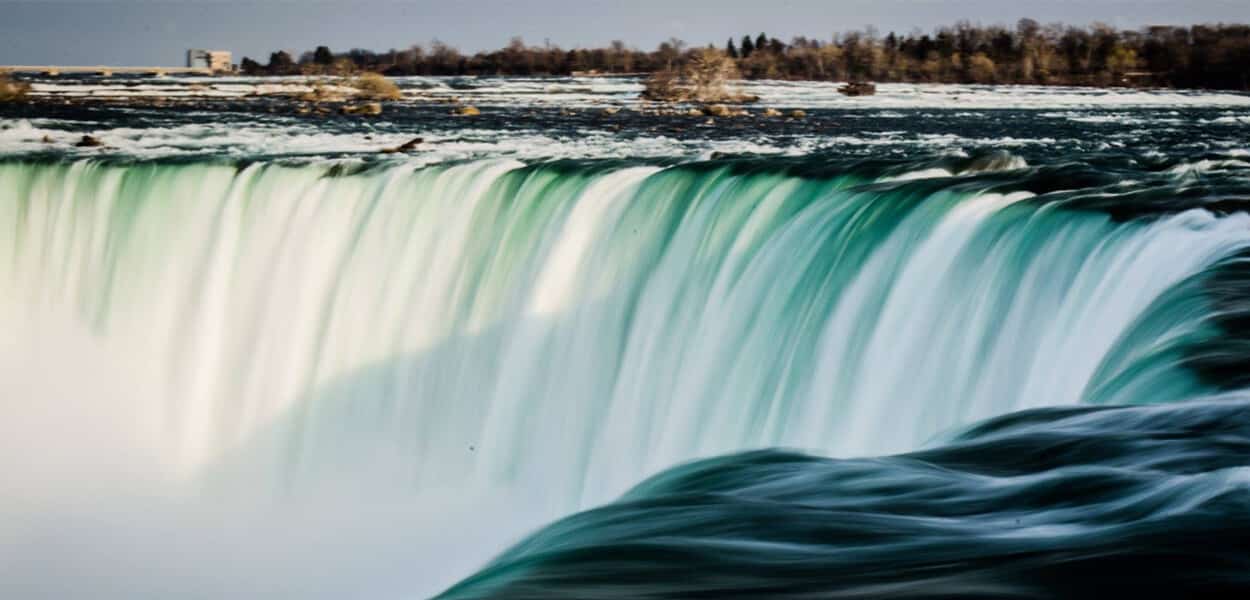Have you ever experienced a time when you felt like you were “in the zone”? Where you were so involved in what you were doing that everything else around you melted away, and time stood still?
Psychologists call this experience “flow”, and it’s essential to doing meaningful deep work. It’s such a powerful concept that all the productivity blogs and business websites have taken the concept and run away with it, offering tips to achieving flow in order to be more productive.
But many of these bloggers have missed the point of the original book that started it all: Flow: The Psychology of Optimal Experience by Mihaly Csikszentmihalyi. As the book’s subtitle implies, flow is about so much more than being more productive. Increased productivity is a side effect of flow, but achieving flow is ultimately about leading a more enjoyable, happier life.
In today’s post, I’ll explore the truth of flow, straight from the source. I’ll explain what it is, why it matters, and how you can cultivate flow in situations you encounter as a student.
Let’s get started!
What Is Flow?
“I developed a theory of optimal experience based on the concept of flow—the state in which people are so involved in an activity that nothing else seems to matter; the experience itself is so enjoyable that people will do it even at great cost, for the sheer sake of doing it”
– Mihaly Csikszentmihalyi, Flow (4)
For the sake of classification, I put this post in the “Productivity” category, but I could just as easily have put it under “Living”, “Health”, “Studying”, “Psychology”, or “Learning”.
Flow touches on so many aspects of human experience that it’s difficult to categorize it. Almost anything can be a flow experience:
- Doing the dishes
- Calculus homework
- Ultimate frisbee
- Impromptu dorm mattress jousting
- Taking a walk
Csikszentmihalyi and his team of researchers developed the theory of flow through interviewing people (from all walks of life, all across the world) about the times in their lives that they felt most content, most in control, and most in the moment.
What they found was that the specific activity mattered less than you might think. It would make sense that creative, exciting work would easily induce flow states.
But they also found factory workers, farmers, and people living in intense poverty report flow experiences. As it turns out, the actual experience itself matters less than the way you approach it (something we’ll explore in more depth later).
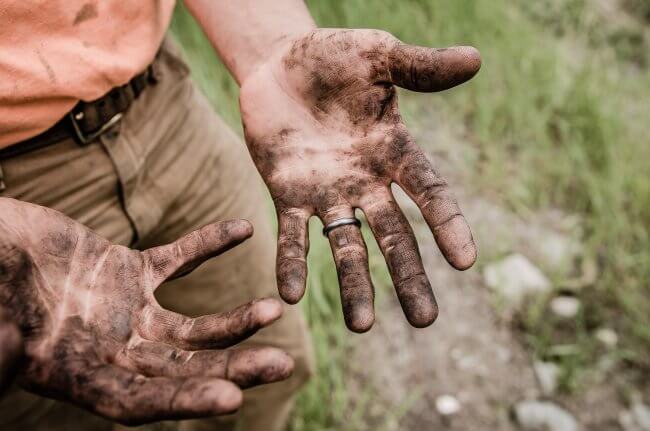
Csikszentmihalyi’s research also revealed some counterintuitive things about optimal experience. He found that many of the activities people pursue in their leisure time (watching TV, in particular) were among the least enjoyable. The most enjoyable moments were rather the ones full of challenge and even pain:
“Contrary to what we usually believe, moments like these, the best moments in our lives, are not the passive, receptive, relaxing times….The best moments usually occur when a person’s body or mind is stretched to its limits in a voluntary effort to accomplish something difficult and worthwhile” (p. 3).
But while certain activities can induce flow states more easily than others, to truly achieve flow requires deliberate intention and effort. For in learning to achieve flow, you learn to control your consciousness. It requires you to “concentrate attention on the task at hand and momentarily forget everything else”, with the ultimate goal of leading a more meaningful life (6).
This is the “what” of flow. But what about the “why”? Why is flow so important not just to doing better work, but to living a better life in general?
Why Flow Matters
“Flow is important both because it makes the present instant more enjoyable, and because it builds the self-confidence that allows us to develop skills and make significant contributions to humankind” (42).
Take a look at the above explanation. You won’t see is any mention of the word “productivity”. In fact, searching through all my highlights from the book, I found the word “productivity” just once, and not in the context that we use when talking about studying or working. Flow is about so much more than boosting your productivity, and this is what so many productivity bloggers get wrong.
Sure, in the pursuit of flow you may find yourself being more productive, but Csikszentmihalyi challenges us to go beyond that. Flow matters because of the control it gives you. Instead of reacting to external events and stimuli, you take an active role in your life, from the most mundane moments to the most critical.
When you achieve flow, you do achieve the holy grail of productivity: intense, laser-focused single-tasking. But that’s just the beginning. Where you go from there is the creation of a more meaningful existence, of making an impact that’s beyond just you, your locus of control expanding as you gain possession of your own life.
How to Achieve Flow
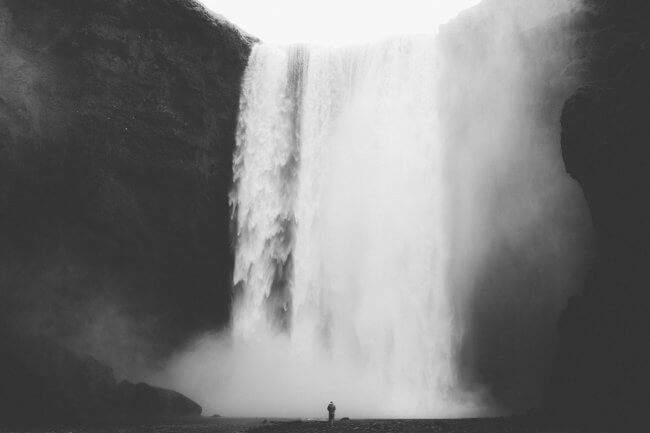
If the previous section got a bit lofty, don’t worry. I’m not going to stop at just a description of flow in theory. In this section, I’ll show you how to put it into practice. It’s hard to discuss flow without getting philosophical, but rest assured it’s a practical philosophy in the tradition of Marcus Aurelius, one that deals with how to live, with how to be.
There’s no exact formula for achieving flow, but here are some steps you can take to make it easier, based on my experience and on the findings of Csikszentmihalyi’s research.
1. Make Sure You Aren’t Hungry
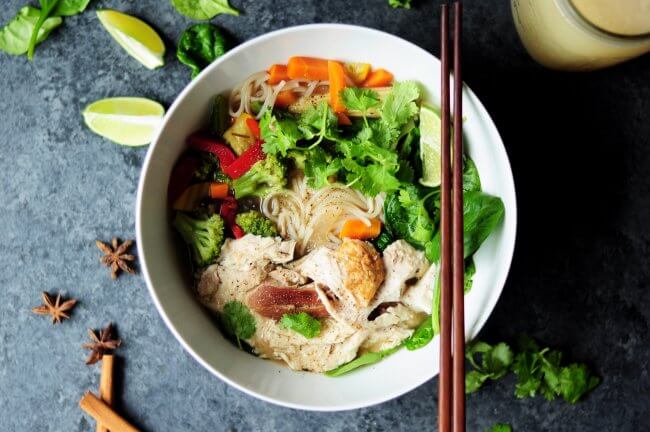
Fun fact: when writing this article, I was having a lot of trouble focusing. I couldn’t put my finger on it at first, but after I did a quick scan of my body, I realized that hunger was the source of my distraction.
Hunger will kill flow, so it’s important that you avoid it when working to achieve flow states. Now, this doesn’t mean you need to snack constantly, and it certainly isn’t a justification to eat crap. High sugar junk foods and energy drinks will give you a short-term boost in energy, sure, but then you’re going to crash hard, yanking you right out of the flow state.
As Chris Bailey from A Life of Productivity puts it in his exploration of the effects of food on productivity:
“When you eat anything processed, the oil refinery in your stomach converts it into a heap of glucose that storms your brain all at once, which causes your energy levels to rollercoaster.”
Instead, you need high quality fuel that will release glucose slowly into your bloodstream. What you eat depends on your dietary preferences and general tastes, but in general you can’t go wrong with nuts, fruits, vegetables, seeds, and lean meats. Avoid processed snacks with lots of added sugar/sweeteners.
2. Cut Out Distractions

You’ll never achieve flow if you’re distracted. Your brain just can’t handle it. Certainly, there are circumstances in which distractions are unavoidable. But much of the time, you can work to minimize or eliminate distractions. Here are our favorite tactics for doing so:
- Wear headphones
- Put your phone in airplane mode (or, better yet, in your closet/drawer/in another room)
- Create a study space
- Close your door (if you have one)
- Schedule blocks of uninterrupted time on your calendar
- Use the Pomodoro technique (see the next section)
3. Use the Pomodoro Technique
We’re big fans of the Pomodoro technique here at College Info Geek. When you just can’t focus or are procrastinating on a big project, it makes an enormous difference. The Pomodoro technique is setting a timer for 25 minutes (or any reasonable length of time) and working only on one task for that time. No checking your phone, browsing Twitter, or mentally going through DDR steps. Once the timer is up, you’re free to take a short break (usually 5 minutes).
So how does this relate to flow? You can’t just enter a flow state at will. It’s something you need to ease your brain into. The Pomodoro technique makes this possible by helping you jump the biggest mental barrier: getting started. Because once you’re immersed in a task, you may find yourself working well past when the timer goes off.
For a free, easy way to get started with the Pomodoro technique, we recommend TomatoTimer.
4. Don’t Multitask
Multitasking sounds like a great idea in theory. Doing multiple things at once is more efficient, right?
Well, it would be, except that our brains don’t function that way. We can’t perform multiple conscious tasks at once without what’s called the cognitive switching penalty. Essentially, every time you switch from one task to another, it takes your brain time to get back into the previous task you were doing.
Since flow is so dependent on pursuing a single task with laser focus, multitasking is its enemy and opposite.
5. Get Enough High Quality Sleep
Sleep is a game changer for your health and general well-being. But it’s also key to reaching flow states. If you’re tired, your ability to concentrate will decrease, and smaller distractions will more easily pull you away from flow. Just think of how alert and ready to conquer the world you feel when you’ve gotten a solid amount of sleep.
By the same token, it’s important that you get not just a sufficient quantity of sleep, but also that your sleep is high quality. Spending nine hours in bed is no good if you spend most of it tossing and turning. Read how to get better sleep.
5 Situations to Cultivate Flow as a Student
Now that I’ve covered some general principles for bringing flow into your life, I want to show you ways you can cultivate flow in common situations you’ll encounter as a student. Some fit the typical flow situations you hear about (studying in particular), while others are less conventional (how you spend your free time).
1. Class
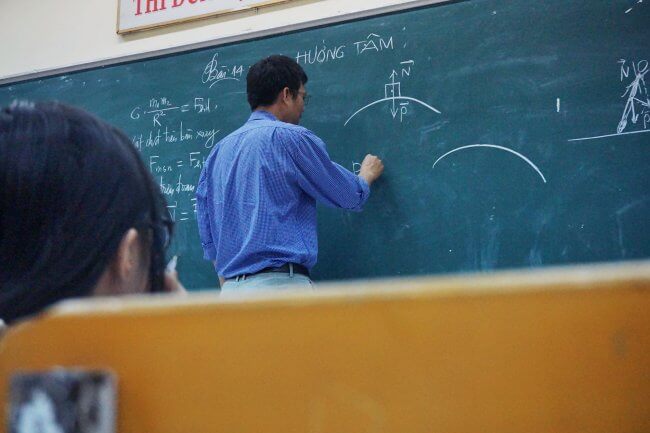
Let’s be honest, some classes are boring. The professor may not be the most inspired presenter (Bueller, Bueller, anyone?), or the subject matter may just be dull. So it’s tempting to just tune it out or suffer through it. Those are your only options, right?
Well, not necessarily. In Flow, Csikszentmihalyi describes “microflow activities” that you can use to keep yourself engaged during dull lectures or other boring situations (52). Here are a few ideas:
- Doodle (or take sketchnotes)
- Count how many times a professor uses a particular word (one of my professors used “notion” in practically every other sentence)
- Take notes in a different language (I used this to practice Spanish during dull moments of a class I had my senior year)
- Practice pen tricks (just don’t do any that make noise, and please don’t click your pen!)
These are all activities that make boring lectures more like flow activities, while still allowing you to pay attention when a professor does mention important material. To be clear, I’m not encouraging you to ignore lectures; rather, I’m proposing ways you can maintain your focus when things get boring.
2. Studying and Homework

Studying is an activity rich with opportunities for flow, but it won’t happen on its own. It’s easy to study in a distracted, detached manner. The classic “study” method of reading through the lecture slides in preparation for an exam, for example, is neither an effective study method nor anything close to a flow activity. Creating and studying flashcards, on the other hand, can induce an intense state of flow.
The same is true with common homework assignments. Instead of rushing to finish a homework assignment as quickly as possible, slow down and allow yourself to become immersed in the world of the assignment. This can work for every subject from math problem sets to assigned reading for history. The key is that you take an active role in the process.
Csikszentmihalyi also mentions a key tip for making boring assignments more enjoyable: gamification. Okay, he doesn’t use that word, but he does describe how making a game out of a boring activity can make it easier to complete (222).
For example, you can challenge yourself to see how many problems you can solve in a given amount of time. Or when working on a paper, see how many words you can write within a time limit.
Of course, there will be times when you just have to sit down and do the boring work even when you don’t feel like it. But through gamification (and learning to enjoy the process) you can overcome the barrier to starting assignments.
3. Tests and Exams
Tests and exams are a tricky use case for flow. On the one hand, you don’t want to get so absorbed in the work that you lose track of time. After all, proper time management is key to making sure you finish tests and exams on time.
On the other hand, it can be beneficial sometimes to get lost in the test…for a few moments. I’ve found that when taking exams that require short free response or longer essays, getting into the same kind of flow as when I write a longer essay is key to focusing intently enough to write something solid in the limited amount of time I have.
4. Work

In the section of Flow discussing work, Csikszentmihalyi describes what he calls an “autotelic personality”, which is “the ability to create flow experiences even in the most barren environment” (149). He argues that anyone can develop this attitude, even if the work they do is “boring” on the surface.
For example, I spent an hour each day all of my sophomore and half of my junior year working at the campus post office. I was in charge of sorting and delivering campus mail. As campus jobs go, it was fun (I got to drive a golf cart and listen to stories from my supervisor, who had worked at the college for almost 40 years).
Still, there were many days that could get monotonous. Sorting mail is a mind-numbing activity, yet one where you need to stay alert in order to avoid mistakes.
So I kept myself engaged in it by turning it into a flow activity. Sometimes, I’d make a game of it: how many letters could I sort in a minute? Other times, I’d keep myself amused through making up stories about the recipients of the letters or counting how many different cities I’d come across. These little games kept me focused and helped me avoid sorting errors.
5. Free Time
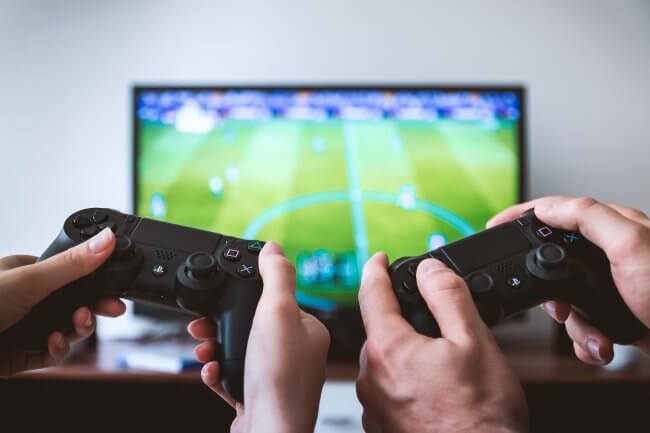
It seems counterintuitive, but free time can be harder to enjoy than work. Sounds crazy, right? After all, you’ve worked hard, and now you deserve to blow off some steam with Netflix or browsing Facebook.
But as we’ve explored before when discussing the difference between low and high density fun, not all leisure activities are created equal. As Csikszentmihalyi puts it:
“Ironically, jobs are actually easier to enjoy than free time, because like flow activities they have built-in goals, feedback, rules, and challenges, all of which encourage one to become involved in one’s work, to concentrate and lose oneself in it. Free time, on the other hand, is unstructured, and requires much greater effort to be shaped into something that can be enjoyed” (162).
The answer, then, is to find a way to impose more structure on your free time. This doesn’t mean you have to create a detailed schedule for what you do when you aren’t working (although that’s an approach you can try). What we recommend is that you use your free time for a creative or constructive pursuit. Personally, I spend my free time biking, reading books about subjects that interest me, and learning languages.
This doesn’t mean I always use my free time constructively. I still do watch Netflix sometimes, though I try to do it with friends to add an element of bonding/camaraderie.
Same with video games: they’re the most fun and rewarding when you’re playing with friends.
Conclusion

I hope you now have a better understanding of what flow is and how you can use it not just to be more productive, but to live a better life. When you combine it with the other productivity strategies we discuss here on College Info Geek, you’ll be straight crushing college (and life in general) in no time.
Image Credits: dirt on hands, waterfall, pho, headphones, physics class, studying in coffee shop, mailboxes, two video game controllers, balanced rocks


